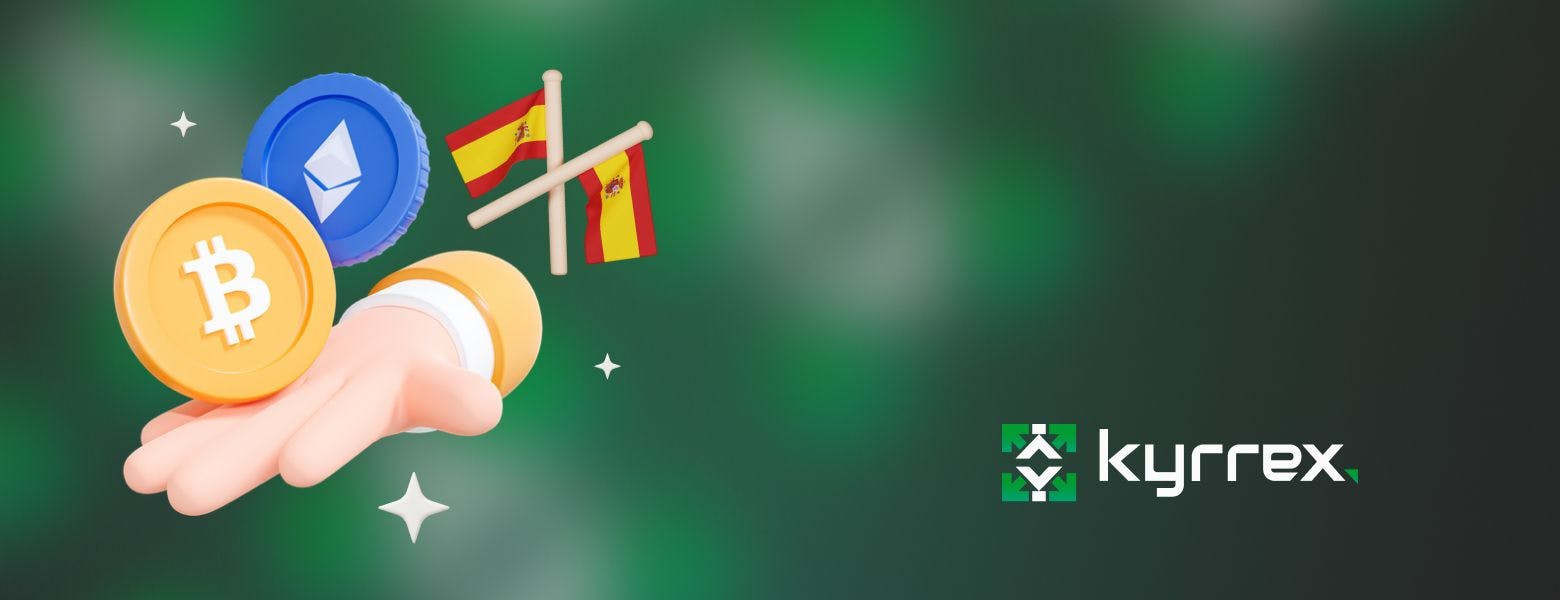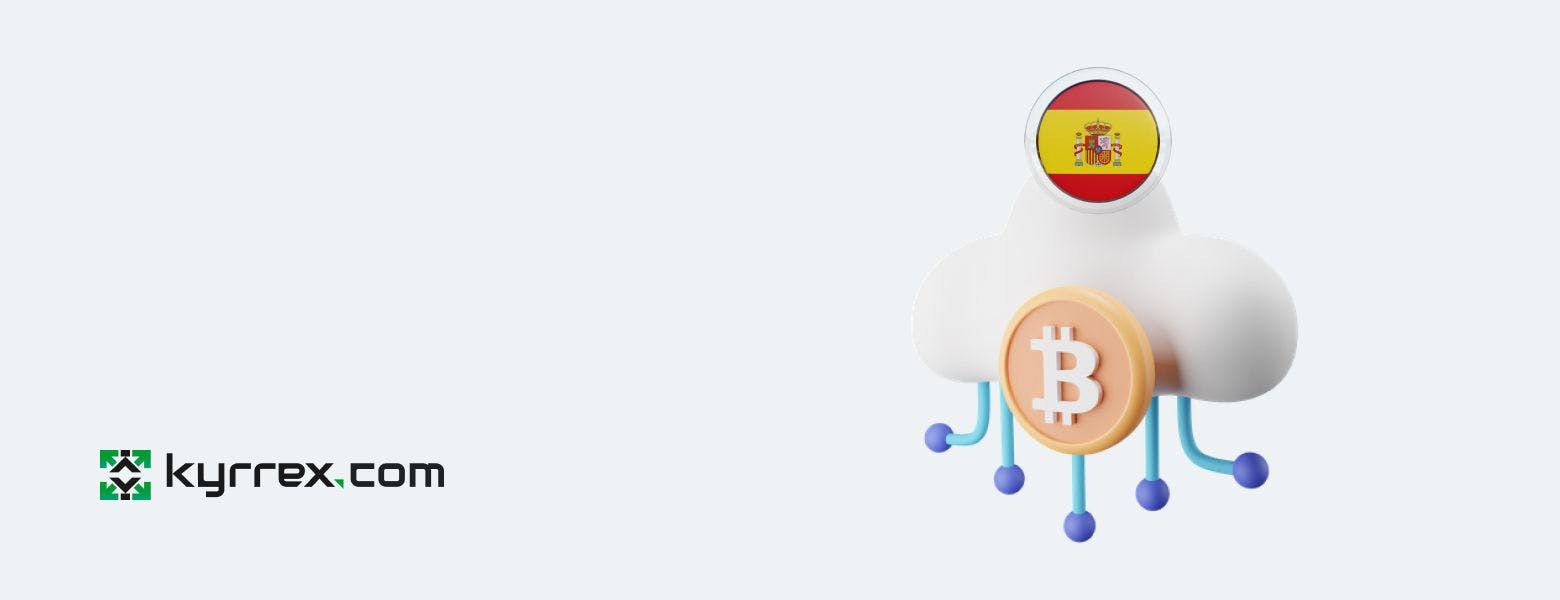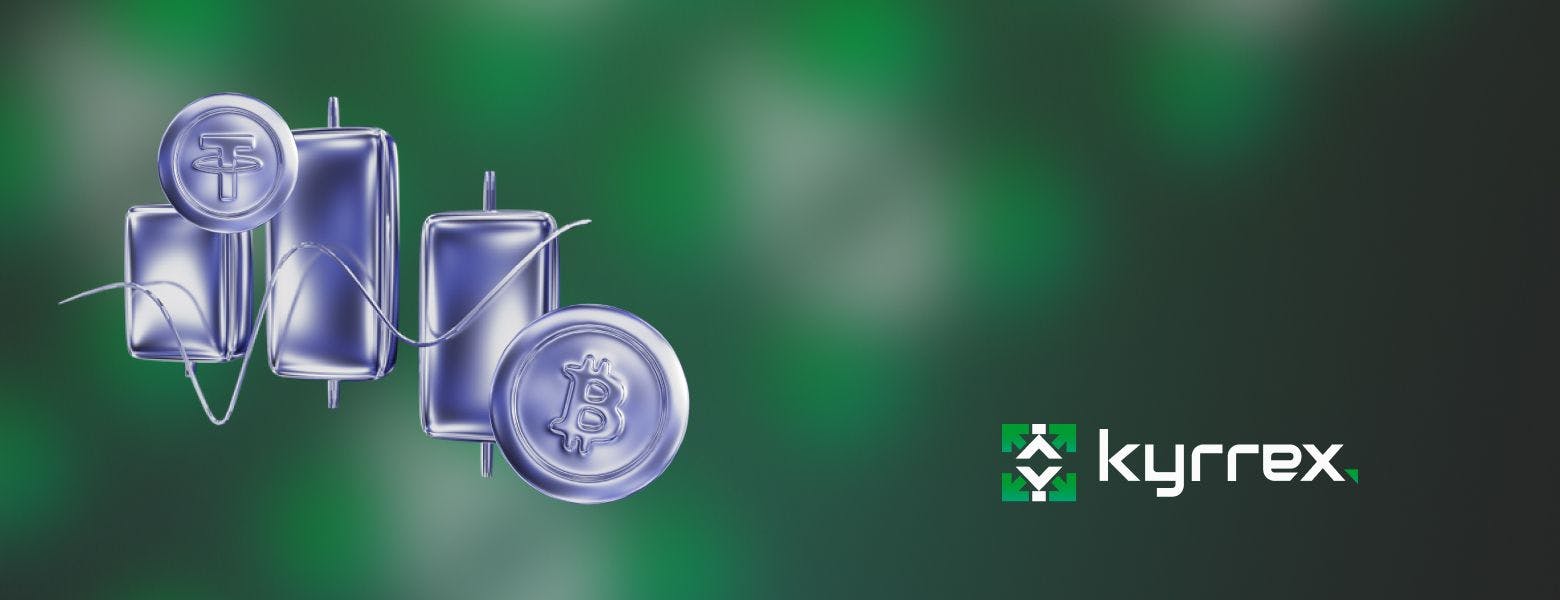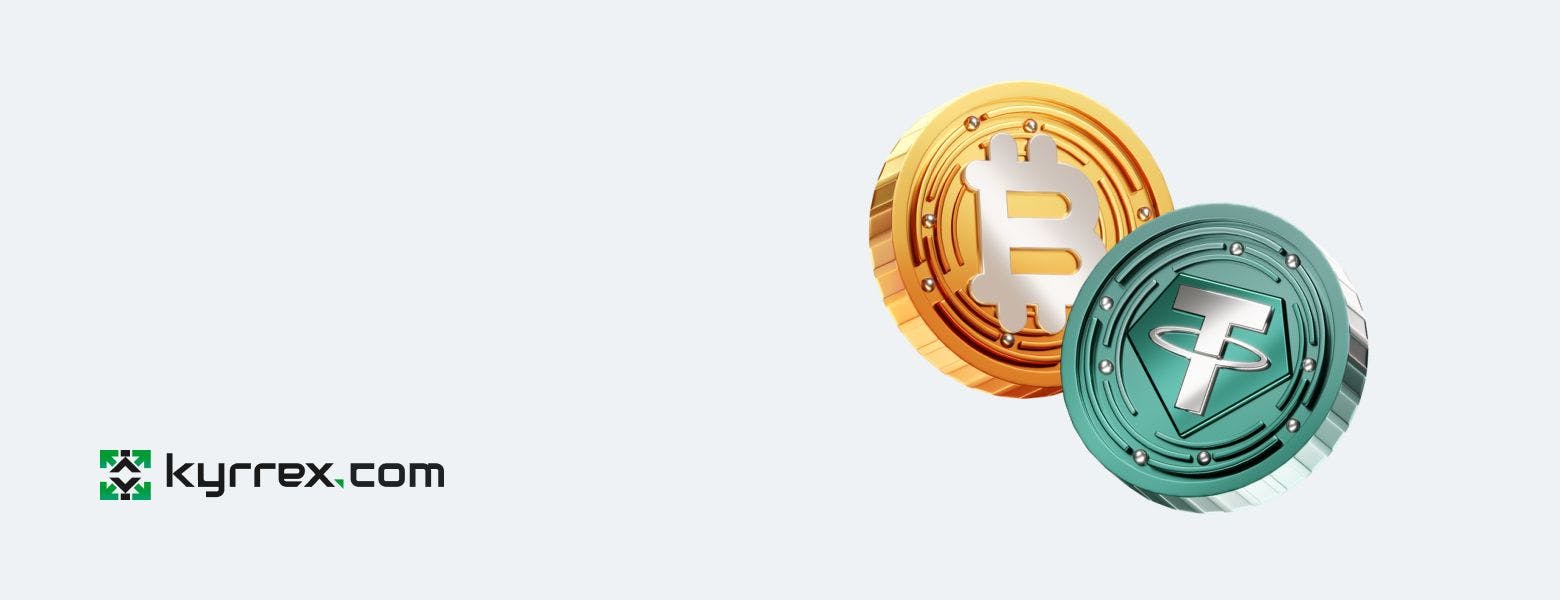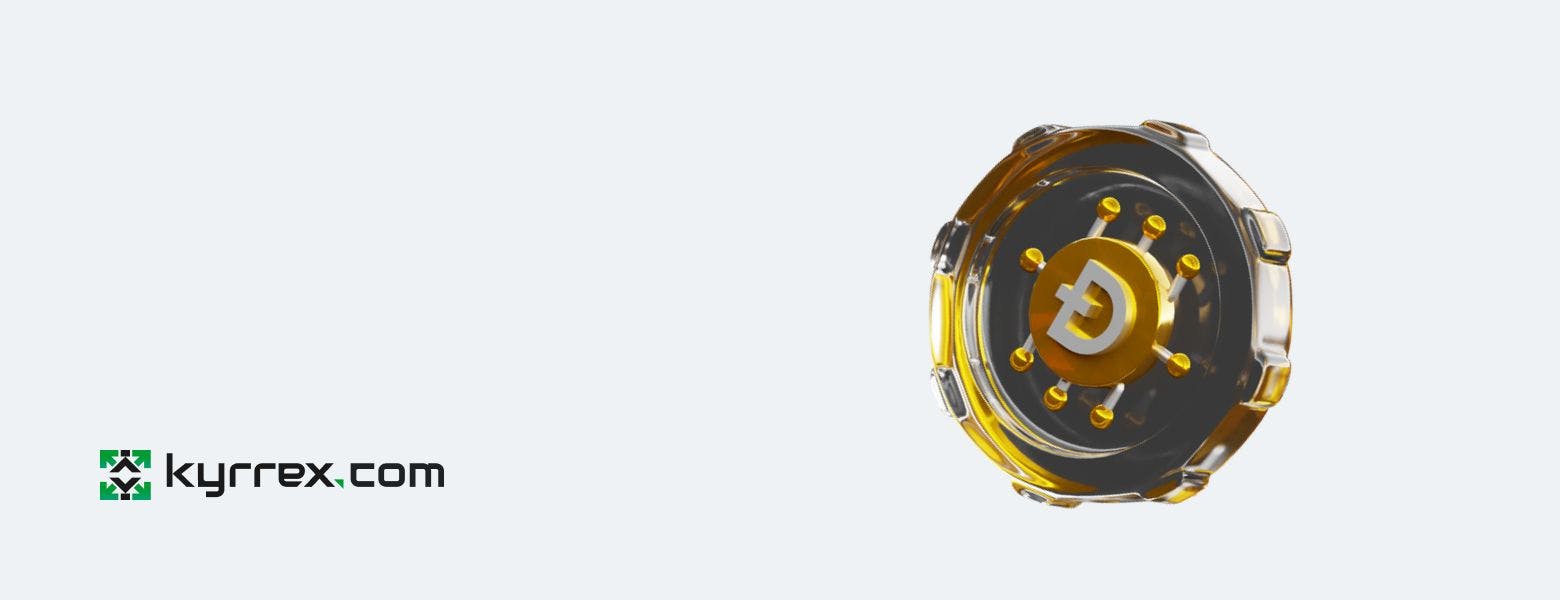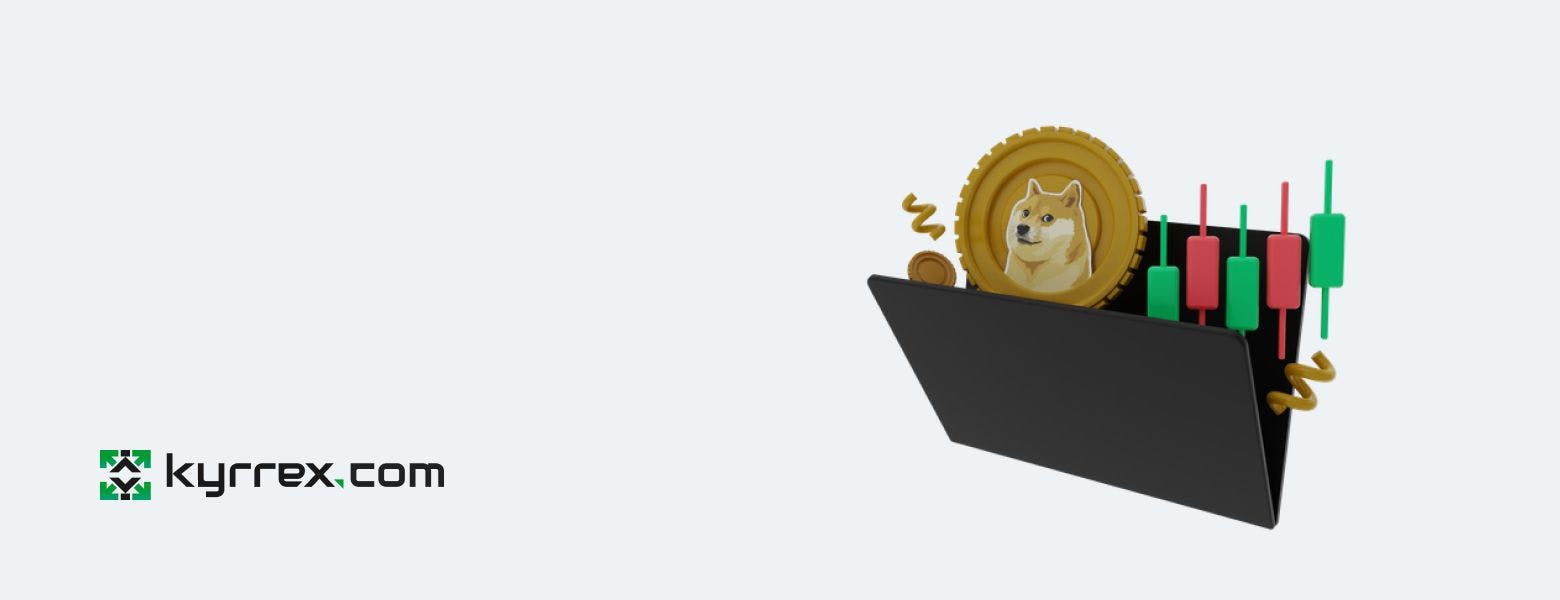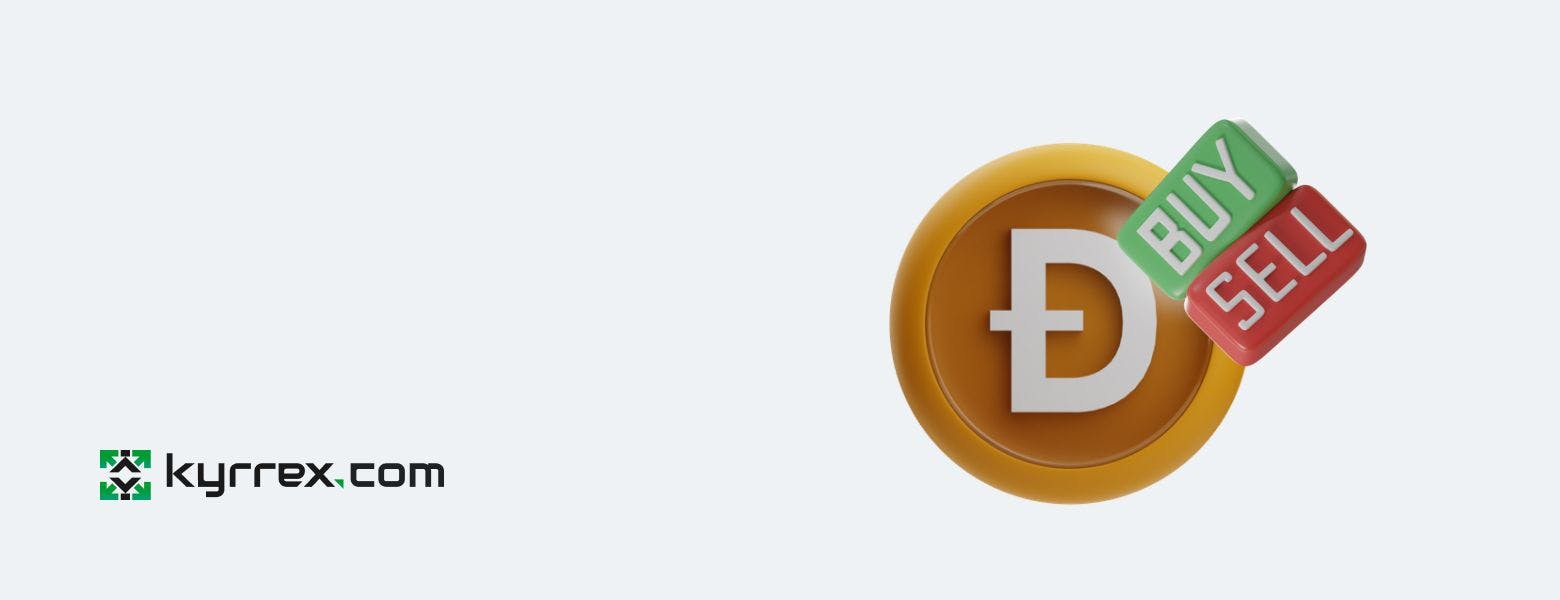
Top 6 Centralized Crypto Exchanges

The crypto boon has gone beyond the point of speculation. Internet users have gone from asking whether investing in a crypto asset is reliable to asking which coin offers the best benefits. Even so, despite the wide coverage in awareness and understanding, there are still gaps that developers are having trouble passing across to interested and invested blockchain enthusiasts. One of such gaps is the choice of centralized exchanges (CEX) or decentralized exchanges (DEX).
In truth, choosing to trade cryptocurrencies and other crypto assets with CEXes or DEXes is a decision only a user can make. Both trading platform categories have their pros and cons. However, the theme of this article is the top 6 CEX platforms making the rounds at present, so we will focus on these platforms and leave their DEX counterparts for later.
Benefits of Using a Centralized Exchange
1. Reliability
The main difference between a CEX and a DEX is that the former does not operate a decentralized user-run engine. In other words, there are individuals and agencies behind the platform. These entities supervise the system and regulate it as much as the blockchain revolution allows. While this limits users’ ownership might and freedom, it also ensures that somebody can be held responsible should things go south.
2. Maximized user experience
CEX platforms run on the notion that crypto enthusiasts are not necessarily tech experts with a seemingly inborn computer vernacular. So, most CEX platforms are designed to accommodate even the most inexperienced user. Thus, CEX platform user interfaces are generally understandable at first glance and easy to manage.
3. Volume and liquidity
Maybe the best thing about CEXes is the massive trading volume native to the platforms. The liquidity quotes are also, on average, something that the offerings of DEXes cannot compare to. Again, this is because there is a ‘ghost in the machine’ in the form of human beings dedicated to helping users manage their crypto assets.
Having known these benefits, what are some of the best CEX platforms around?

Kraken is old. The platform was founded in 2011 and intended to help users trade crypto assets without ditching their fiat currencies. Although it has been more than a decade since the platform launched, it remains one of the most credible and reliable CEX platforms out there.
Despite being a pioneering platform, Kraken boasts of a sophisticated software architecture that appeals to a vast number of users. The biggest evidence of the platform’s relevance and usability is the massive trading volume it records monthly. In fact, it is one of the top 5 CEX platforms with the capacity to handle millions upon millions of transactions daily. And the number of cryptocurrencies traded on the platform is almost 100.
Kraken is also secure. There have been very few incidences of security breaches on the platform. As Bloomberg reported, the platform is going extra lengths to ensure watertight security. So there’s that.
At 0% to 0.26% per trade, Kraken’s trading fee is acceptable to most users. However, it only runs on the iOS mobile frame with no options for Android. Everything else about Kraken is a thing of pride and joy, et cetera.
2. Kyrrex
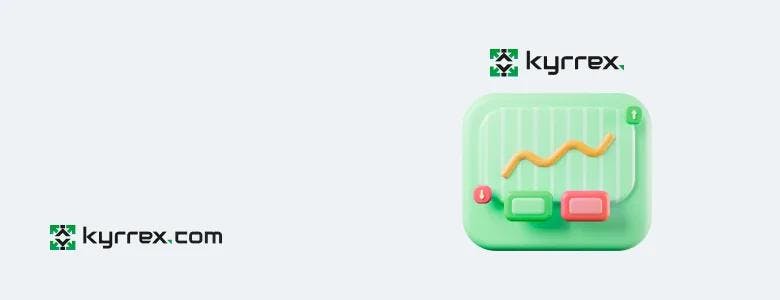
Kyrrex is unlike any other CEX platform on this list. The platform was launched as a response to the inadequacies of traditional banking and the lapses of the crypto market. As a result, Kyrrex adopts a concentrated situation-specific approach to the defects of modern finance. These defects include overly high transaction costs, slow transactions, chaotic crypto market, needlessly complex exchange platforms, horrid user experience, to name a few.
Kyrrex offers mouth-watering solutions to each of the listed problems.
Against the shortcomings of high costs of transactions, Kyrrex offers really low trading fees. But that is not the best part of the platform. There is also an option for 0% commission on transactions. That is just another way of saying that transactions made within the Kyrrex ecosystem are virtually free. The only condition is that the exchange has to be carried out within Kyrrex, with extra points for using the native KRRX token.
Against the problem of slow transactions, Kyrrex sees a daily trading volume worth $150 million. Thus, the system is built to stand the wear out from the deluge of traders and transactions and not slow down. Moreover, the degree of regulation on the platform ensures that users get the best possible outcome in terms of liquidity expectations and slippages.
Kyrrex security is also at the top of the line with database encryption that is as sophisticated as it is solid. But this does nothing to the user interface which allows efficient and also enjoyable trading on the web and mobile trading platform.
3. Gemini

Like Kraken, reliable security, ease of use, and excellent user experience are the three wishes that the Gemini genie is happy to grant its users. So when it comes to giving users the most basic CEX experience, Gemini is generally promoted as one of the best options possible.
The word that comes to mind upon seeing the Gemini UI is rich. The robust resource base offers Gemini users everything from information about price dynamics to the usual how-tos of crypto trading. Combined with an architecture that is both sophisticated and simple enough to leverage, Gemini gets the upper hand against many other CEX platforms.
The cryptocurrencies on Gemini do not number up to 50 but they are really close. But what Gemini falls short of in terms of quantity, it makes up for in terms of quality. So the cryptos on Gemini are the most popular and the most regularly traded. And you can trade these on web browsers without mobile ecosystem limitations. So being an Android or iOS user doesn’t mean much with Gemini. The only buzzkill is the needlessly complex trading fee.
4. Coinbase

Coinbase is another CEX platform that has been around for a while. Despite coming on the scene in far-back 2012, the platform remains one of the most popular for convenience, ease of use, and flexibility in terms of the variety of cryptocurrencies (which are over 100) that can be traded on the platform.
Coinbase usually comes across as the typical crypto trading platform. However, any experienced trader would find that the platform is rigged with practical features that boost the odds of mastering and dominating the crypto virtual trading floor. The journalistic aspect is another characteristic that stands Coinbase out and lets you get the latest developments in the trading industry on the go.
Perhaps the most attractive characteristic of this CEX platform is that it supports both the Android and iOS ecosystems. As such, the platform promotes all kinds of variety categorization, whether it be in the form of tradable cryptocurrencies, mobile device architecture, or user expertise. The structure for the trading fees is not easily understood and that is one of the few negatives to using Coinbase.
5. KuCoin

KuCoin is virtually inseparable from the concept of centralized protocols for crypto trading. It is usually hailed as having great customer service and remarkably low trading fees. As a result, KuCoin is a preferred CEX platform for experienced crypto traders and investors.
KuCoin came to the light in 2017 and rose to become one of the most cherished platforms for crypto trading. Its reputation for a multitude of cryptocurrencies, social networking, and specific payment options allowed KuCoin to keep its ‘The People’s Exchange’ moniker. In the years following its emergence, the platform has not disappointed.
With more than 8 million dedicated users across the world, KuCoin lets you trade even trade secrets across its platform and social network. Even though the UI requires a certain level of expertise and patience, features are primed to help you transact without much of a hassle. Also, the fact that you can use both cryptos and credit/debit cards, not to mention Fintech offerings like PayPal and Apple Pay makes it a ‘personal’ CEX platform.
KuCoin is optimized to help its users make the most of the crypto industry, so the platform supports mobile trading with both Android and iOS.
6. Binance

Binance is a must-mention. Being the most popular CEX platform since forever, Binance sees the highest trading volume anywhere. Interestingly, although the platform only supports a bit over 50 cryptocurrencies, it is estimated that there is a transaction on Binance at least once every second. Even so, the platform has been standing strong since it was founded in 2017.
While Binance did not evolve with the pioneer platforms of the crypto trading industry, it is still the first option that comes to mind for trading Bitcoins. Thus, where peer platforms leverage sophisticated features to win users, Binance relies on its efficient architecture and status to retain users of every experience category.
Binance’s trading fees are low and vary between 0.1% and 5% of your transaction quote. Even though it has been through rough times in recent years, its security framework is acceptable and the options for both desktop and mobile operation are its selling points. This is not to mention the journalistic capabilities.
So there are a variety of CEX platforms in operation at present. You should have no problem deciding on the most suitable option from this list.

